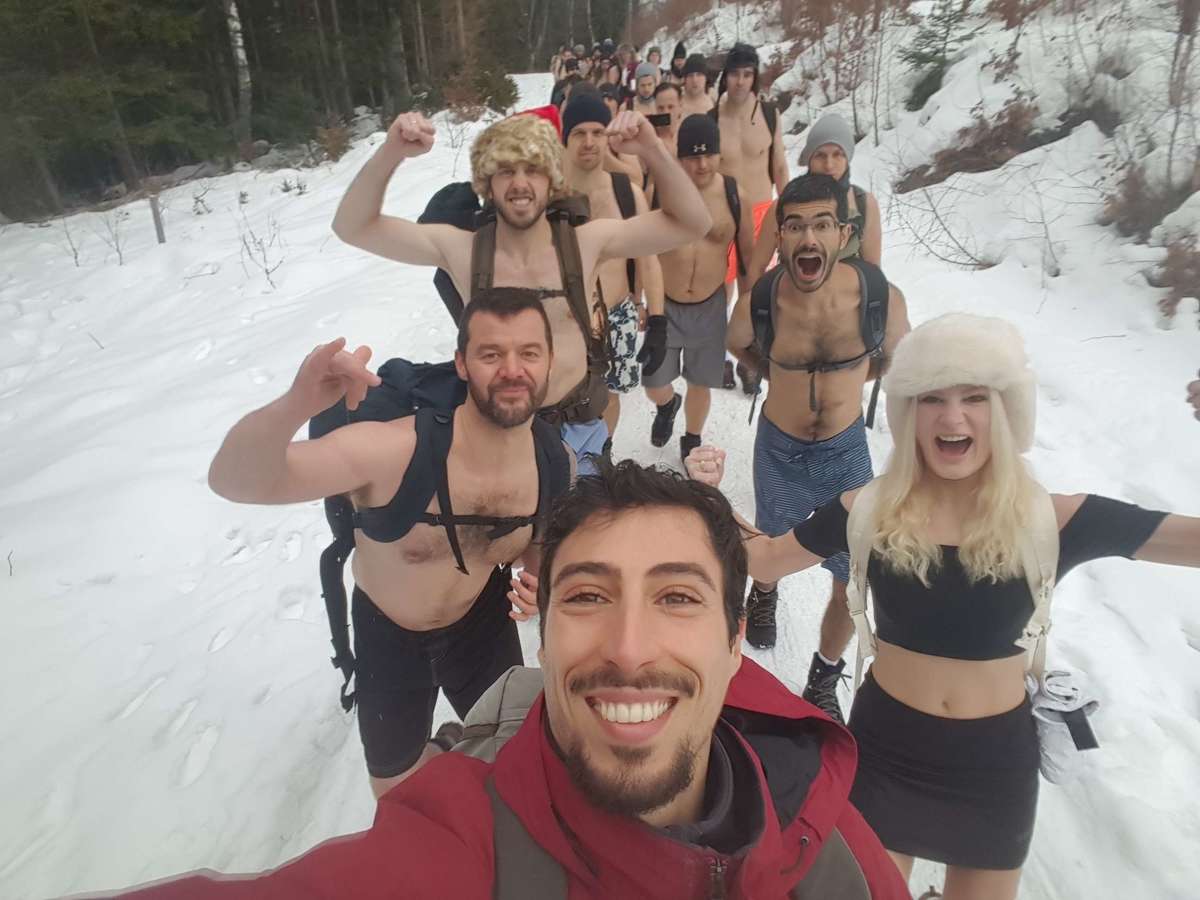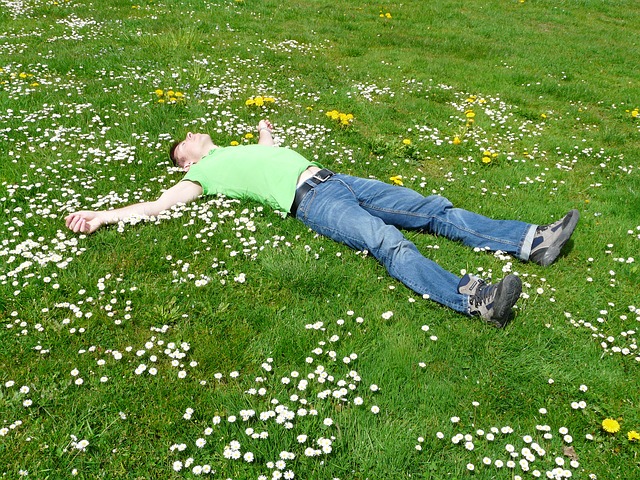

The Tibetan teachings of Tonpa Shenrab Miwoche that form the basis of the Bon tradition, which considers the breath to be important, are even older, dating back 18,000 years. Others, curtailing the eating process, offer the outgoing breath into itself as a sacrifice. It’s hard to pinpoint the first moment when humans decided to use breathing intentionally, but you can find early indications of conscious breathing in Hindu scriptures dating back hundreds of years, for instance in the Bhagavadgita, composed sometime between the 2nd century BCE and the 2nd century CE: Still others, who are inclined to the process of breath restraint to remain in trance, practise by offering the movement of the outgoing breath into the incoming, and the incoming breath into the outgoing, and thus at last remain in trance, stopping all breathing. It can be found everywhere from therapy sessions to gym classes, but, while it’s currently in vogue, it’s far from new.

Every time we notice our breath or change our breathing pattern to achieve a specific outcome, we are practising breathwork. What is breathwork? It can be described as ‘breath consciousness’ and ‘conscious breathing’. I was so inspired and transformed by what I learned from Hof and others that I felt I had no choice but to pass it on to others and, today, I work as a breathwork coach. In short, we can change our breathing on demand, which can be a hack to accessing the rest of our physiology. Longer term, through being more attentive to the way we breathe, we can benefit our health and longevity. Through our breath, we can change our state from stress to relaxation, or from feeling dull to being energised.

The nervous system is especially sensitive to changes in breathing rate. With every inhalation, our heart rate speeds up and with every exhalation, it slows down. Each day, we take around 20,000 breaths, so over the years it adds up. Respiration influences many of the processes in our body that have a direct impact on our physical and mental health. I didn’t know then that the answer to many of my questions would be this obvious: just breathe. I was looking for ways to improve my immune system and increase my energy levels. By controlling the breath, he turns the experience of being in freezing water, which would normally be a fight for survival, into something profoundly meditative.īack when I met Hof, my life was a constant struggle – I was always getting ill, feeling depressed and generally unhappy. One of the most important elements of his method for making people fall in love with low temperatures is what he calls ‘conscious breathing’.

Hof is an extraordinary teacher, best known for his world records and other endurance feats, such as previously holding the title for completing the longest-ever ice bath, running a barefoot half-marathon in the Arctic Circle and climbing most of Mount Everest dressed in shorts. For me, it happened about five years ago when, without knowing what I was getting myself into, I signed up to a course in the Netherlands run by Wim Hof – the legendary master of cold exposure. You never know when you’re going to meet someone who will change the course of your life.


 0 kommentar(er)
0 kommentar(er)
